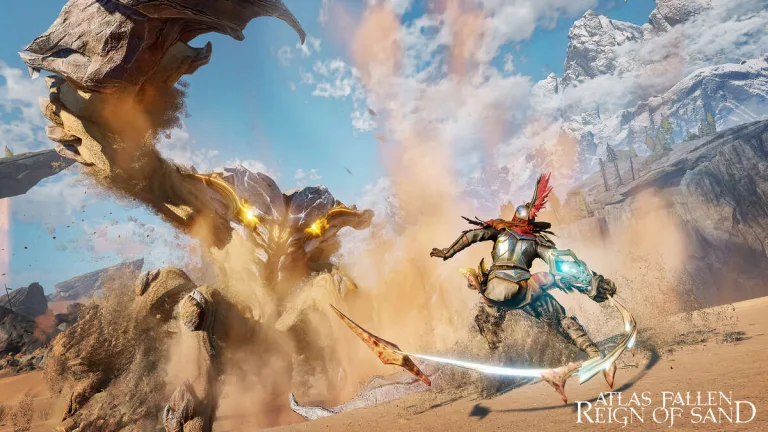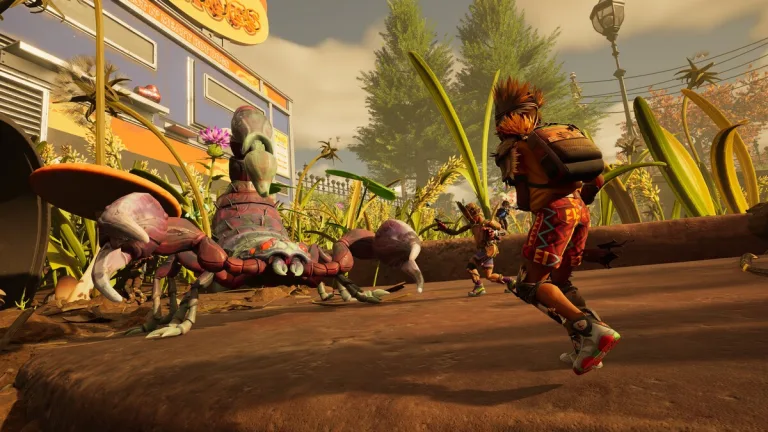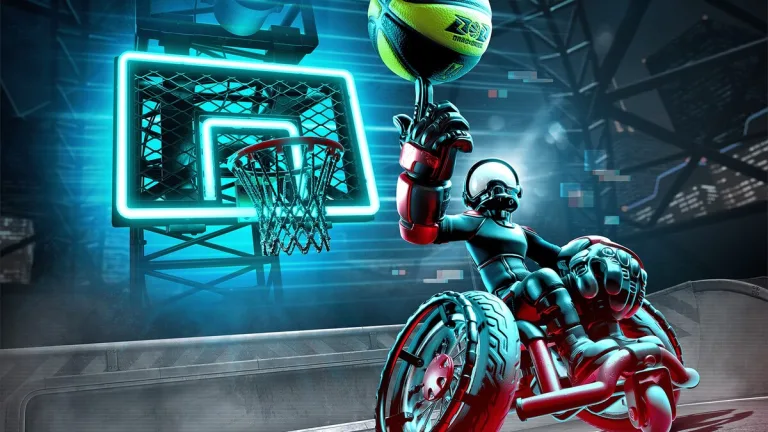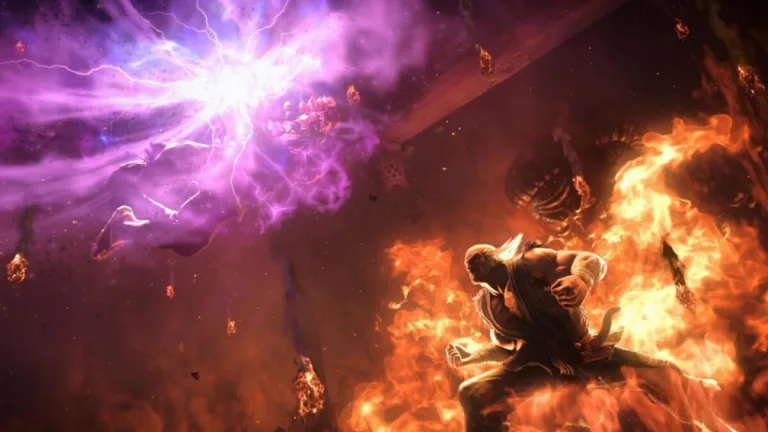When Atlas Fallen first launched, it went largely unnoticed by many players. However, a year later, it...
Day: August 14, 2025
Grounded 2 has arrived in Early Access, with content still limited compared to what the final release...
By now, we’re used to Nintendo selling us games that were originally created as tech demos, and...
Hope in fighting games is a funny kind of currency. We save it, hoard it, spend it...





